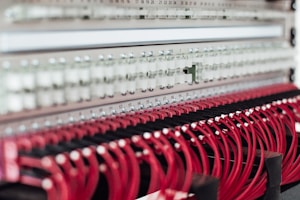Modern networks have grown and steadily advance to include improvements and changes that have been suggested by the network designers who have tested the networks. Flaws that were in traditional networks are getting pruned out of the picture and replaced with stronger patches that ensure that a network performs as well as it should be performing and meeting the expectations of the network users. Network clients will be pleased to have a network they can rely on and run the heavy application on top of without having to worry about the system crumbling or failing to respond. Neural networks and artificial intelligence have been applied to these networks albeit in a small way and this has led to the emergence of self-aware networks.
Self-aware networks include the Internet of Things and other related applications for their strengths in passing information to the correct destination and the smart routing of the traffic on these networks without having to know the IP address of the target device in advance. These self-aware networks have the capability of being able to learn all about the network on their own and they can maintain and clean up by themselves which is a total improvement over traditional networks that were mostly stiff and not very effective in being automated and completely autonomous.
The other strength of the self-aware networks is their application in artificial intelligence-based systems which need to have the information networks programmed to learn according to the input. This is also useful for the information systems that require the self-aware networks to get the information to the proper destination without having to route it through channels that are at times totally unnecessary and irrelevant. In many networks, the ability to be aware of the network itself is what sets the network apart from the rest of the networks and makes it more preferable for the users.
By being self-aware, a network is capable of sending information in less time and this cuts down on the costs of data transfer for the information system. The network is also much easier to maintain and will not take much time configuring and setting up and as such, the people that are involved with the running of the network will not have to spend much time on the network as it is able to keep itself running and maintain itself with tasks that need to be run getting automated.
In conclusion, networks come in all shapes and sizes and some of them are much more efficient than others which is the reason knowing the differences between these networks is useful. Anyone that needs to pass data from one system to another more efficiently will have to use a self-aware network system as it will save them resources that can be channeled into improving the system and making the usage and interaction of information much easier and more organized. This is also very useful for modern networks which take care of many connected devices and require advanced networking capabilities to move information to where it is expected.






